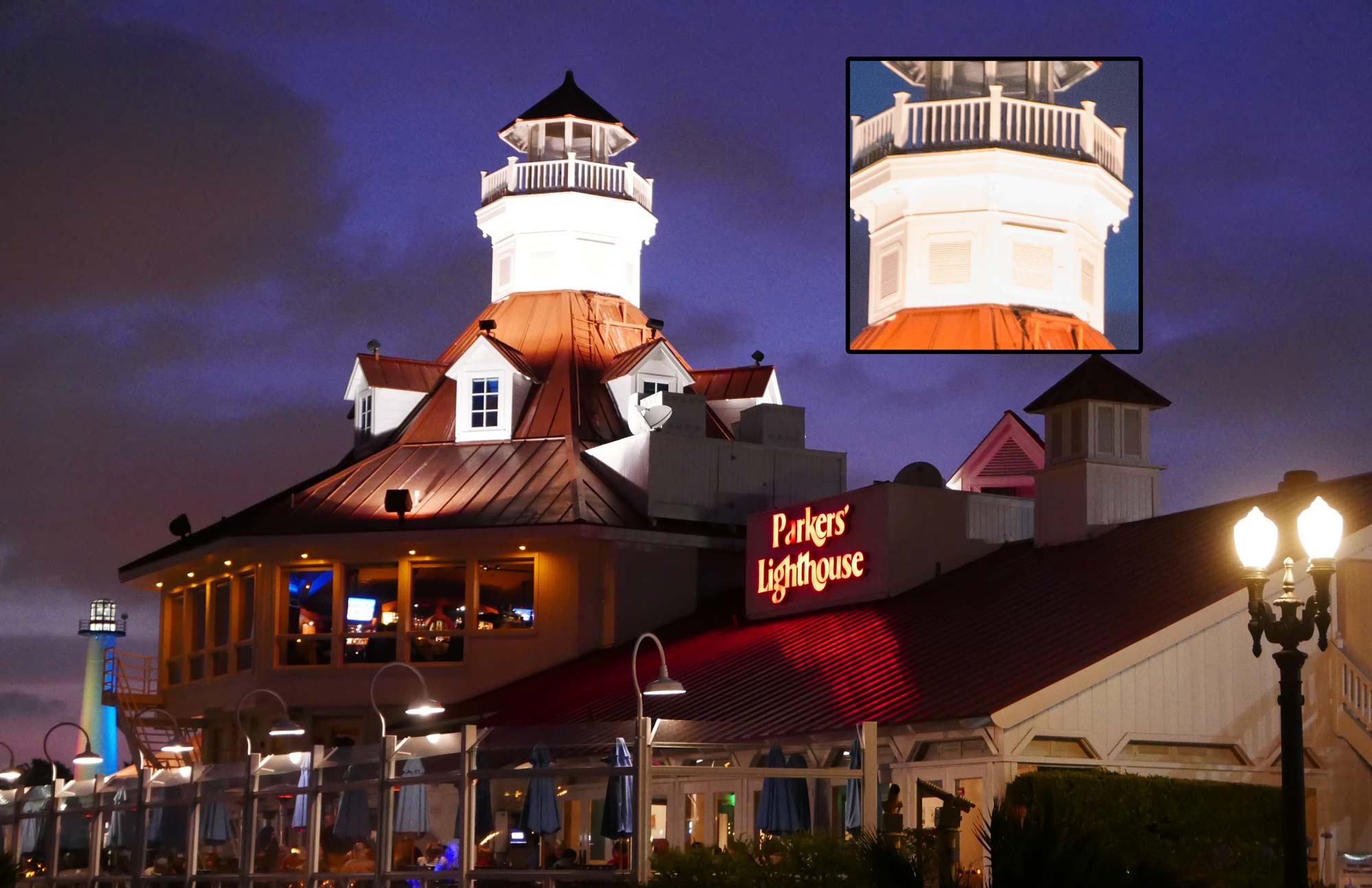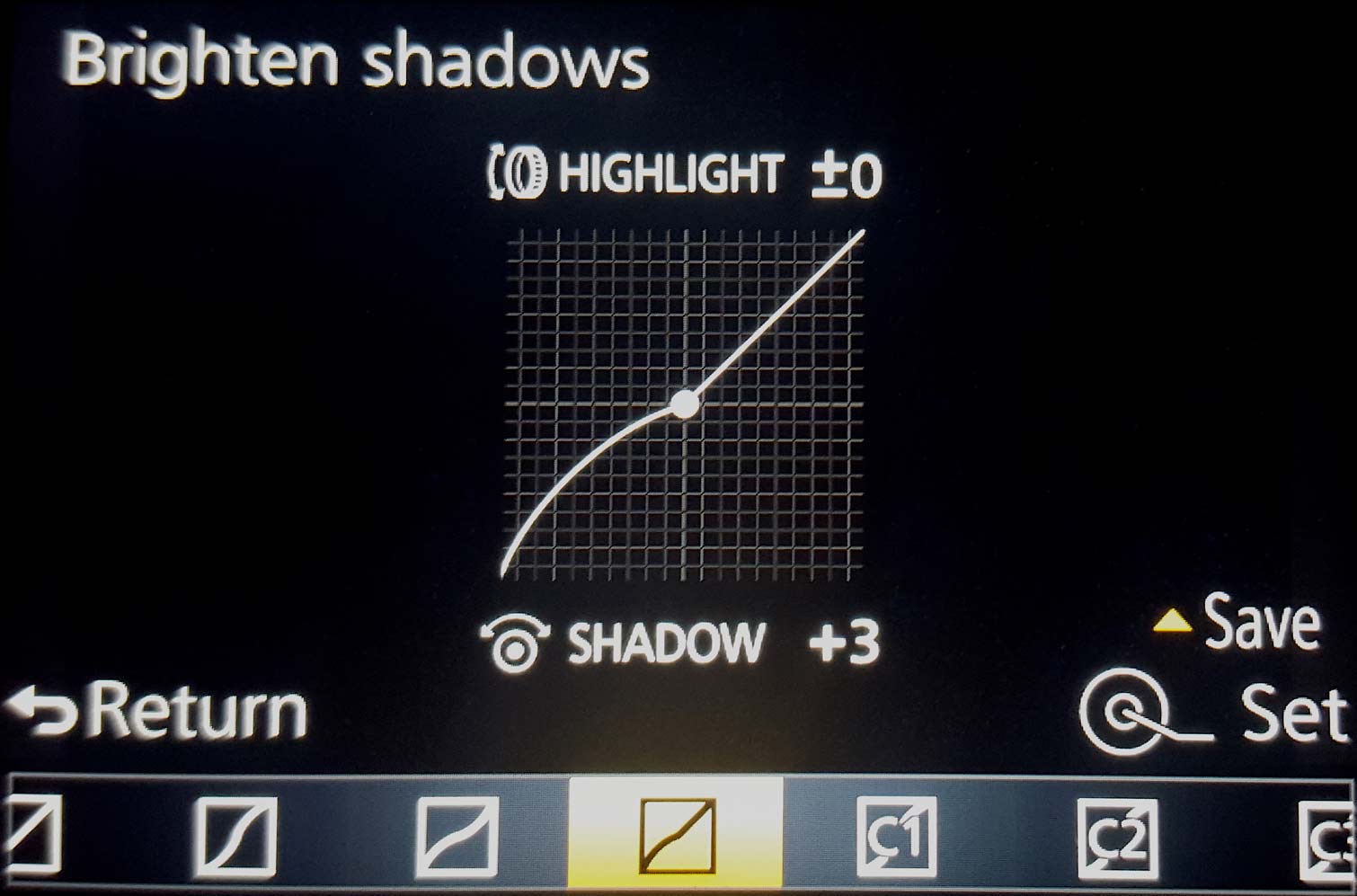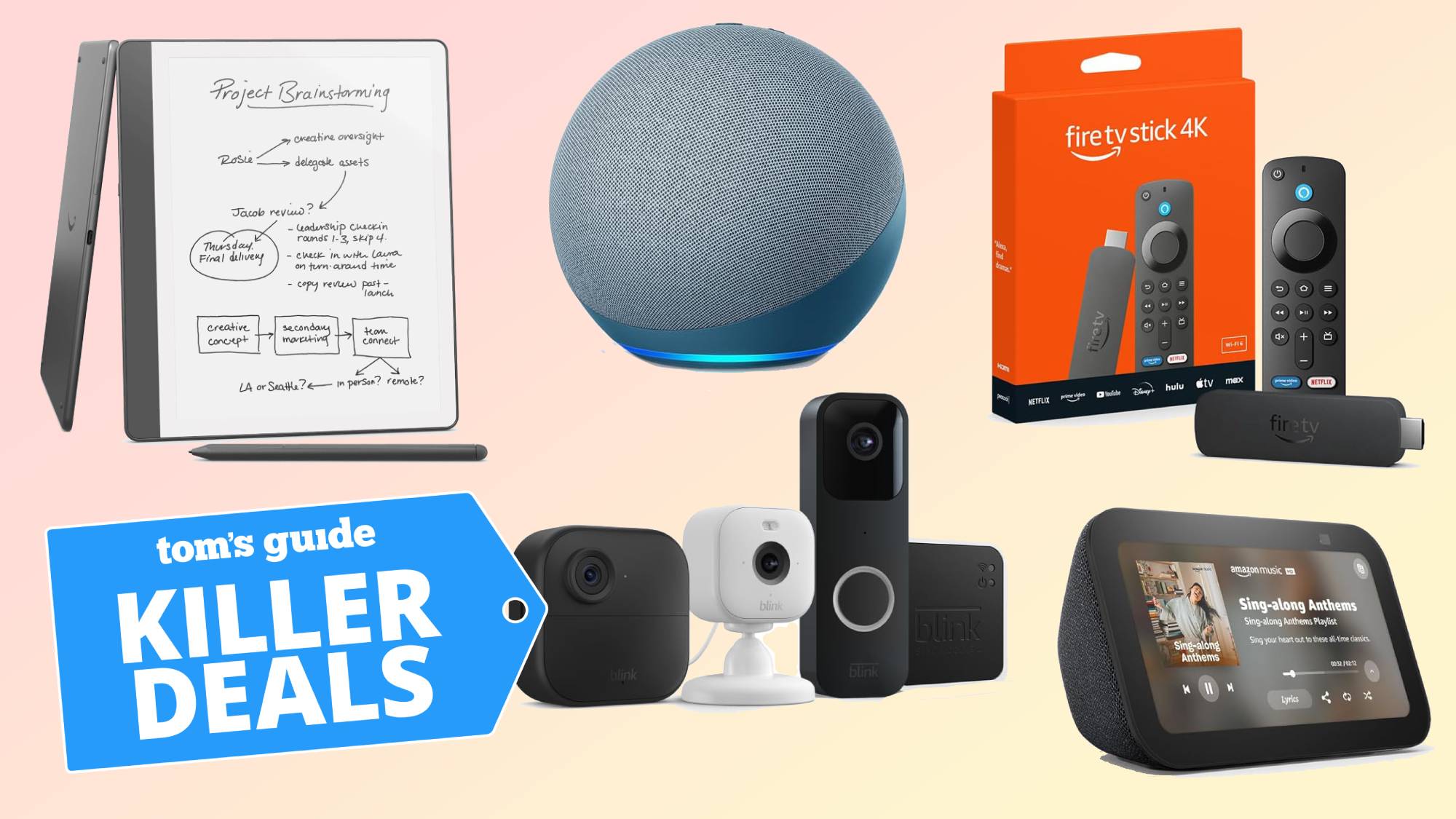Tom's Guide Verdict
A retro design, 4K video and sharp photos make the Panasonic Lumix DMC-LX100 a fantastic portable camera.
Pros
- +
Beautiful and durable retro design
- +
supersharp 4K video
- +
quick autofocus
- +
great color and detail in photos
- +
solid low-light performance
- +
superclear electronic viewfinder
Cons
- -
Rear LCD is not a touch screen
- -
no external mic jack
- -
lacks built-in flash
Why you can trust Tom's Guide
It's probably impossible for a petite camera to squeeze in everything a photographer could want, but the Panasonic Lumix DMC-LX100 comes close. Panasonic's stellar shooter costs a fairly steep $699, but its image quality and 4K/ultra-HD video are top-notch, and the controls are a pleasure to use. The LX100 won't fit into a pants pocket —though it's certainly tiny enough for a purse or small bag — but it's more portable than even a petite interchangeable-lens camera, and offers sometimes-comparable image quality. That's why we consider it one of the best bridge cameras around.
Design: Built for Photographers
The LX100's magnesium-alloy slab is bedecked with buttons, dials and knobs. The design is not only retro-chic, but also saves you from tedious digging through on-screen menus for manual or semimanual control. Solid knobs up top set the shutter speed and exposure compensation (to nudge exposure lighter or darker). An old-school aperture-adjustment ring encircles the lens barrel, but it's too easy to bump it toward a different setting.
A switch on the barrel toggles between aspect ratios for photos. While it packs the same sensor dimensions that Panasonic uses for its interchangeable-lens cameras, the LX100 is too compact to utilize the whole chip. Of its 16.8 megapixels, you can use at most 12.5 MP, in 4:3 mode. (The 3:2 mode, in which many cameras shoot, is capped at 12 MP; 16:9 is capped at 11 MP; and 1:1 is capped at 10 MP.) Those are plenty of megapixels for most photos, unless you crop in substantially.

The 1280 x 720 LCD electronic viewfinder is bright, clear and nearly essential when strong sunlight washes out the otherwise colorful 3-inch (non-touch-screen) rear LCD. The screen does not tilt, which makes it hard to frame shots at odd angles and prevents you from steadying the camera against your body for shooting video. Another downside is that it's missing built-in flash, though Panasonic includes a nice clip-on one.

Photo Quality: Crisp with Mostly True Color
The LX100's big chip is paired with a sharp, fixed 3.1x Leica zoom lens. Its superbright maximum apertures of f/1.7 (wide) to f/2.8 (telephoto) let you capture very-low-light shots and a shallow depth-of-field (blurred background) effect. The 24- to 75-mm (full-frame equivalent) range is limited, but it helps make the large sensor and slim body possible.
The ensemble combined to produce great overall image quality with excellent color. That's evident in this shot of flowers, which shows fine detail and shading in the petals, as well as true green in the leaves.

This photo of the Long Beach marina captures the broad transition of blue shades in the sky and accurately renders the off-white boat hulls.

The large sensor and pixels may contribute to the ample dynamic range of shades between complete white and black, as in this photo of a challenging afternoon scene.

Other reviewers have dinged the LX100's aggressive smoothing of grainy pixel noise at high ISO light sensitivity, but that's a matter of taste. This nighttime photo shot at ISO 3200 is handsome, although the brightest portions are overexposed. Minor tweaking of the RAW images pulled back detail (see inset).

You can also adjust how the camera captures highlight and shadow by selecting from preset tone curves or setting your own manually.

The LX100's images look very clean up to a moderate ISO 800 (at laptop-screen size of 1280 pixels across). It roughly ties the top-tier Sony RX100 III bridge camera, although Sony's camera has a smaller sensor. A bigger difference is notable in the auto white balance in low light, seen in JPEGs from these cloudy early-evening shots. The RX100 III shows Sony's signature purplish tone. Though a tad light and turquoise, the LX100 photos are closer to the true shades. (Processing RAW images from each camera produces nearly identical results.)


Autofocus: Mostly Reliable
Panasonic doesn't offer (on any of its cameras) the high-end phase-detection autofocus found on DSLRs, better mirrorless cameras and many high-end smartphones (what Apple calls focus pixels). But Panasonic's twist on contrast detection autofocus, called depth to defocus, uses a somewhat similar method: quickly comparing two out-of focus images to calculate and adjust the lens position for a sharp image. Focus was rapid under both bright and low light.
The LX100 can shoot photos in bursts at up to 11 frames per second with single autofocus, and at a still-rapid 6.5 fps when adjusting the focus for each shot. It easily kept up with this burst series of a jogger approaching the camera — compiled into an animated GIF. (We used an f/4 aperture with a shallow depth of field that would be unforgiving if the focus were off.)

This series of burst photos maintains pretty good focus from beginning to end. We've cropped in to show detail on the runner. Click on the image to view it pixel by pixel.


Video Quality: Extra Sharp
The LX100's 4K/ultra-HD video is a killer feature that's still rare to find in affordable bridge cameras. Footage is beautiful right out of the camera: You can see the difference in this comparison (brought down to 1080p at 60 fps for easier online viewing). Sony's a6300, which plays first in the clip, shoots stupendously, but with a softer, lower-contrast look that video editors like to use as a starting point. The following LX100 clips come out sharp and show a lot of contrast; they're ready to play on a TV or to be uploaded to YouTube or Vimeo.
As for still shots, the LX100 offers subject tracking for video. You can select the subject of your film by half-depressing the shutter, and the camera mostly keeps focus on the subject. (However, I have found this feature to work better on some other bridge cameras, such as the Canon PowerShot HS60 and the Nikon Coolpix P900 superzooms.)
The LX100's 4K/ultra-HD video is a killer feature that's still rare to find in affordable bridge cameras.
I used tracking to keep up with this brown-and-white dog at the beach. That's impressive, considering the dog runs far into the distance and is sometimes cut off by people between it and the camera.
The wind noise in this video highlights a downside of the LX100: It lacks an input for attaching high-end external mics, such as one with a wind sock to lower noise. (To be fair, few bridge cameras — or even budget mirrorless models — have a mic input.) Unless you labor with an external audio recorder, the LX100 is essentially a snazzy home-movie camera suited to a fancy 4K TV.
Bottom Line
In short, no camera has everything, but the LX100 offers a better mix of portability, build quality, image quality and video performance than you will find in any camera near this price. The advanced controls are easy to access; colors and details are nuanced in photos; and 4K video comes out sharp and punchy straight from the camera. Squeezing all of this power into a relatively small package and affordable price makes the LX100 the camera to beat in this class.
Sean Captain is a freelance technology and science writer, editor and photographer. At Tom's Guide, he has reviewed cameras, including most of Sony's Alpha A6000-series mirrorless cameras, as well as other photography-related content. He has also written for Fast Company, The New York Times, The Wall Street Journal, and Wired.

